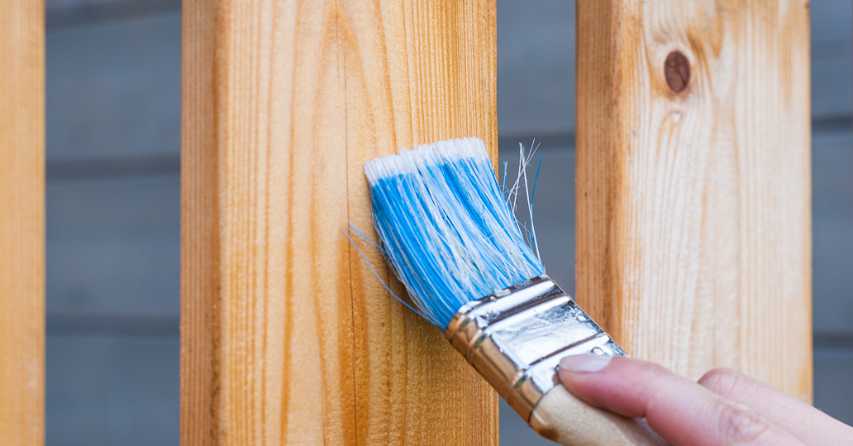
The good thing about home maintenance this time of year is that you actually get to do most of it while enjoying the sun! We put together a checklist to help you get started and avoid unexpected events the season might bring to your home, so that you can focus on what matters most to you.
Do you know your seasonal maintenance responsibilities? Review your condo ownership documents—not everything is taken care of by the condominium association.
For example, heating and air conditioning (HVAC) unit maintenance usually falls to the condo owner because these mechanicals are not shared and therefore not part of the “common” areas covered by condo fees.
After months of constant use, your air filter can get clogged with dirt, dust and pet hair. Filters are usually easy to access—they simply pull out. Turn the unit off to check the filter for excessive grime. Depending on the type of filter, you can rinse it off and reuse it, or replace it with a new one. If you don’t clean or replace your filter, it can force the HVAC system to work harder to circulate hot or cold air through your house and won’t be very effective at cleaning the air.
When you shut down a furnace there’s more to it than moving the thermostat function from “Heat” to “Off”. Every spring you should have the unit professionally inspected for small cracks or damage that might cause problems come fall.
Once the furnace is shut down, check your A/C for anything that might block airflow around the outside or on top of the unit and clear it away. Spray the compressor unit down with water to clear out any leaves or small pieces of debris that may have fallen into it over the year. Schedule an HVAC specialist to check the coolant levels and gauge the cooling function before summer heat hits.
In most Canadian provinces, water is the leading cause of damage to homes. Water damage is expensive and sometimes difficult to eradicate. The good news is that installing a sump pump or a backwater valve can prevent or limit some types of water damage. Some municipalities even offer subsidies to offset the costs of installing such devices in your home.
Identify problems early to keep them from getting worse and to save money in the long term—it’s cheaper to do maintenance now than to replace later on.
Have any asphalt shingles shifted, curled, cracked, deteriorated or disappeared? Are any shingles being pushed up by nails? Did you have any ice-dam buildup over the winter? Once your roof’s waterproof seal is compromised, excess moisture can lead to structural deterioration and damage to the ceilings, walls and insulation inside. You should inspect your roof twice a year, in the spring and in the fall, regardless of its age.
Walk around the outside of your house to identify areas of concern and highlight signs
of damage. Seal any cracks you find and check for potential water leakage through basement window wells.
Make sure concrete or stone walkways and patios slope slightly away from the basement walls for proper
drainage. In areas where water pools, add backfill to create a slope away from the foundation. Realign patio or walkway stones to slope away from the house.
Keep gutters free of leaves, dirt and debris. Repair loose joints and
missing sections, and ensure downspout extensions point away from the foundation so the water drains at least 1.8 m (6 ft.) away.
Look for telltale signs of water damage inside your house—stained ceilings and
drywall, damp areas in the basement, or cracks in your concrete floors that get wider over time or have signs of discolouration from water seepage. Check for cracked caulking around windows and doors. Sniff out musty, wet odours and look for signs of mould and mildew along wall edges and baseboards.
Check with your local water authority for updates about flooding and water
levels in your area. Watch children and pets to keep them safe around bodies of water that may be unsafe due to high water levels and spring runoff.